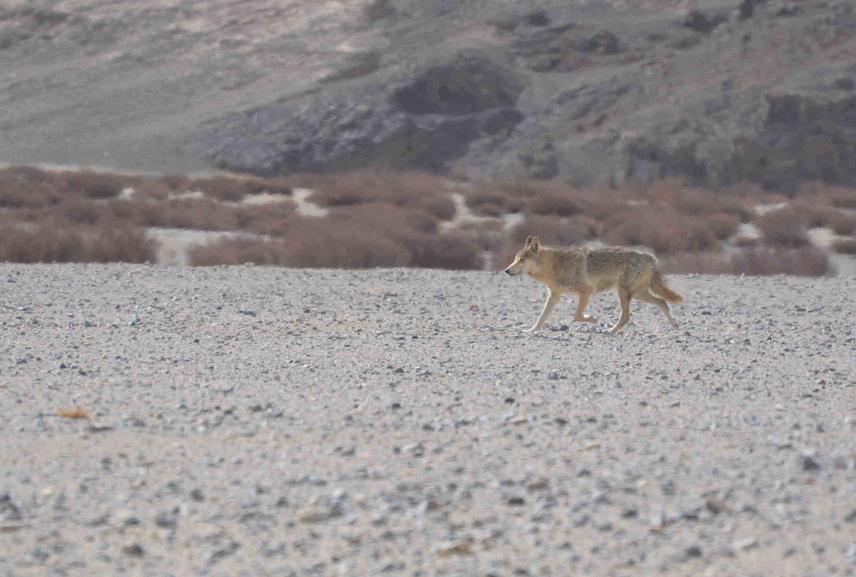Sunetro Ghosal
Other projects
5 Aug 2013
Investigating the Relationship between Humans and Large Mammals in Changthang, Eastern Ladakh, India
The project aims to document traditional narratives that helped people coexist with large mammals and map human-wildlife interactions in the region.

One part of this project focuses on documenting two traditional narratives of human-large mammal coexistence that enable coexistence. Based on inputs generated in the previous project, this will document these narratives in text and illustrations by Ladakhi artists. This document will then be published in collaboration with Department of Wildlife Protection, Ladakh region and the Ladakh Hill Councils in Leh and Kargil in three languages: English, Ladakhi, and Urdu. These books will provide important visual and textual narratives about conservation and human-nature relations in Ladakh. The objective of this exercise is to ensure that these narratives are not lost and provide inputs for current discourses on conservation and human-wildlife interactions in Ladakh, and beyond.
The second part of the project will also be executed in collaboration with the Department of Wildlife Protection Ladakh Region. It will focus on mapping interactions between human communities and large mammal across Ladakh region. It will focus on large mammal species such as snow leopard, Uncia uncia, brown bear, Ursus arctos, lynx, Lynx lynx isabellinus and ungulates such as Asiatic ibex, Capra sibirica, Kiang, Equus kiang, Tibetan Gazelle, Procapra picticaudata, Tibetan antelope, Pantholops hodgsonii, and the endemic Ladakh urial, Ovis orientalis vignei, which share a diversity of relations with human communities including coexistence and conflicts. This will help provide an overview of human-large mammal interactions in Ladakh and help prioritise future research and research allocation for conflict mitigation.